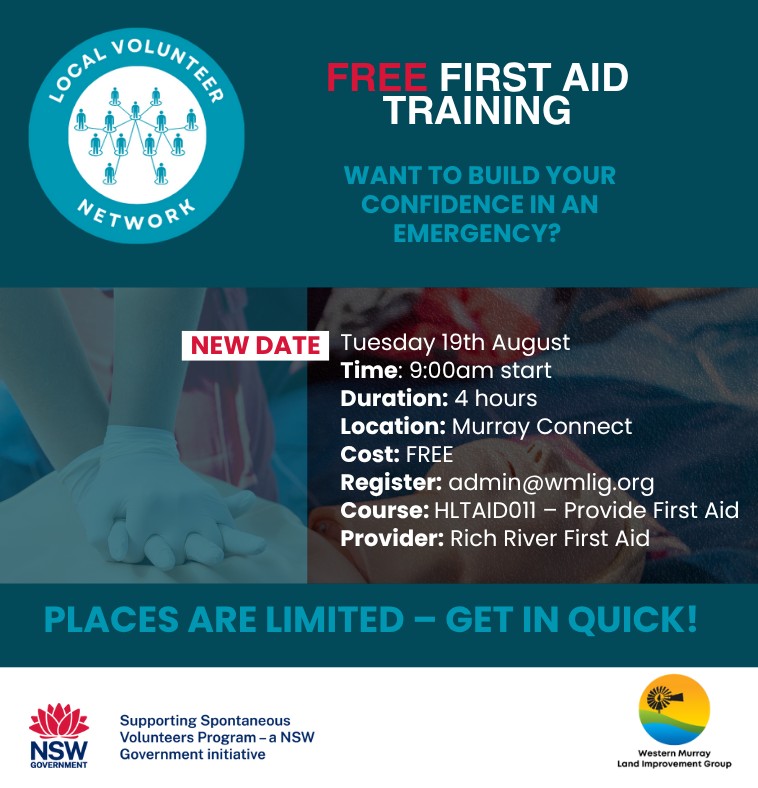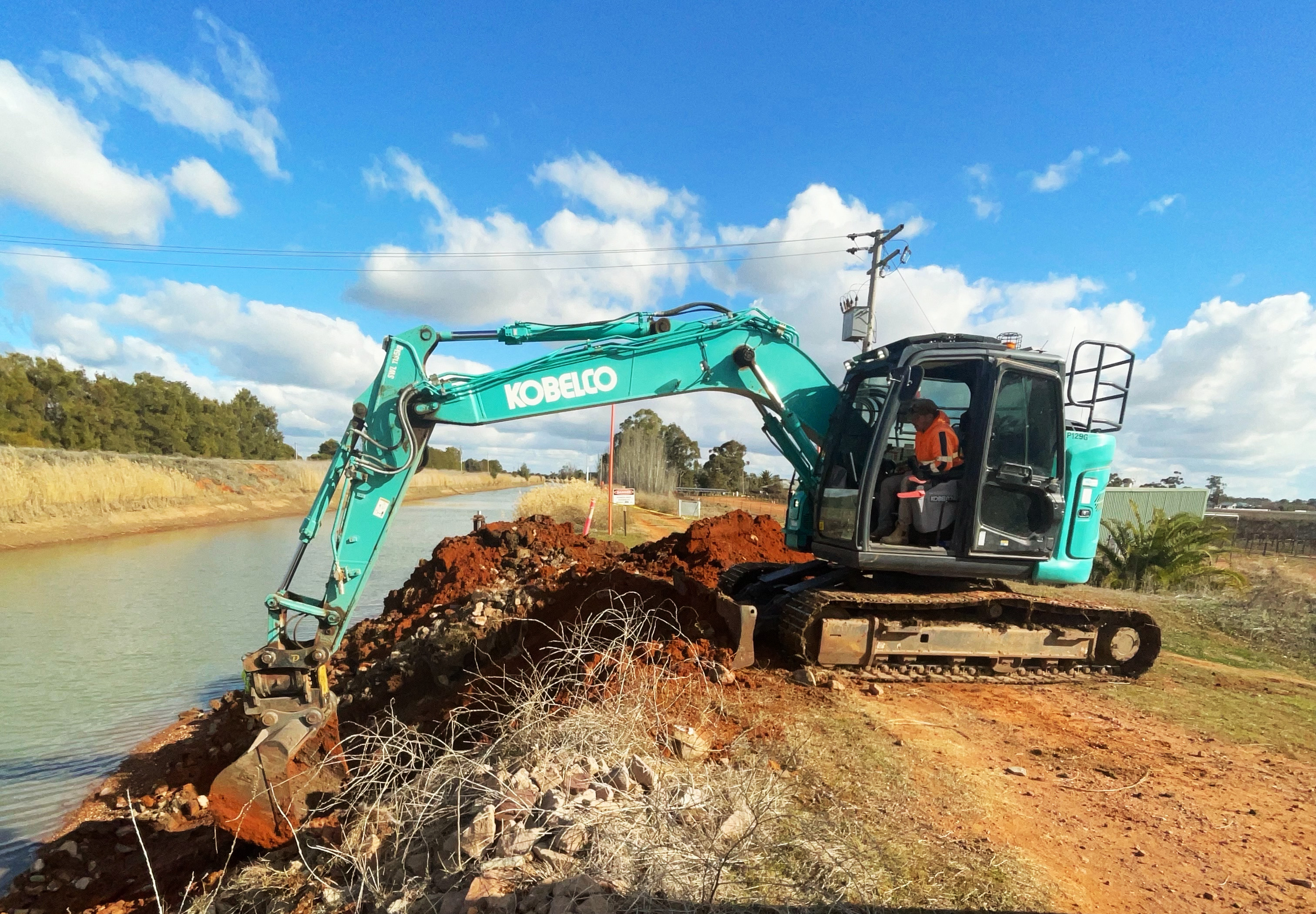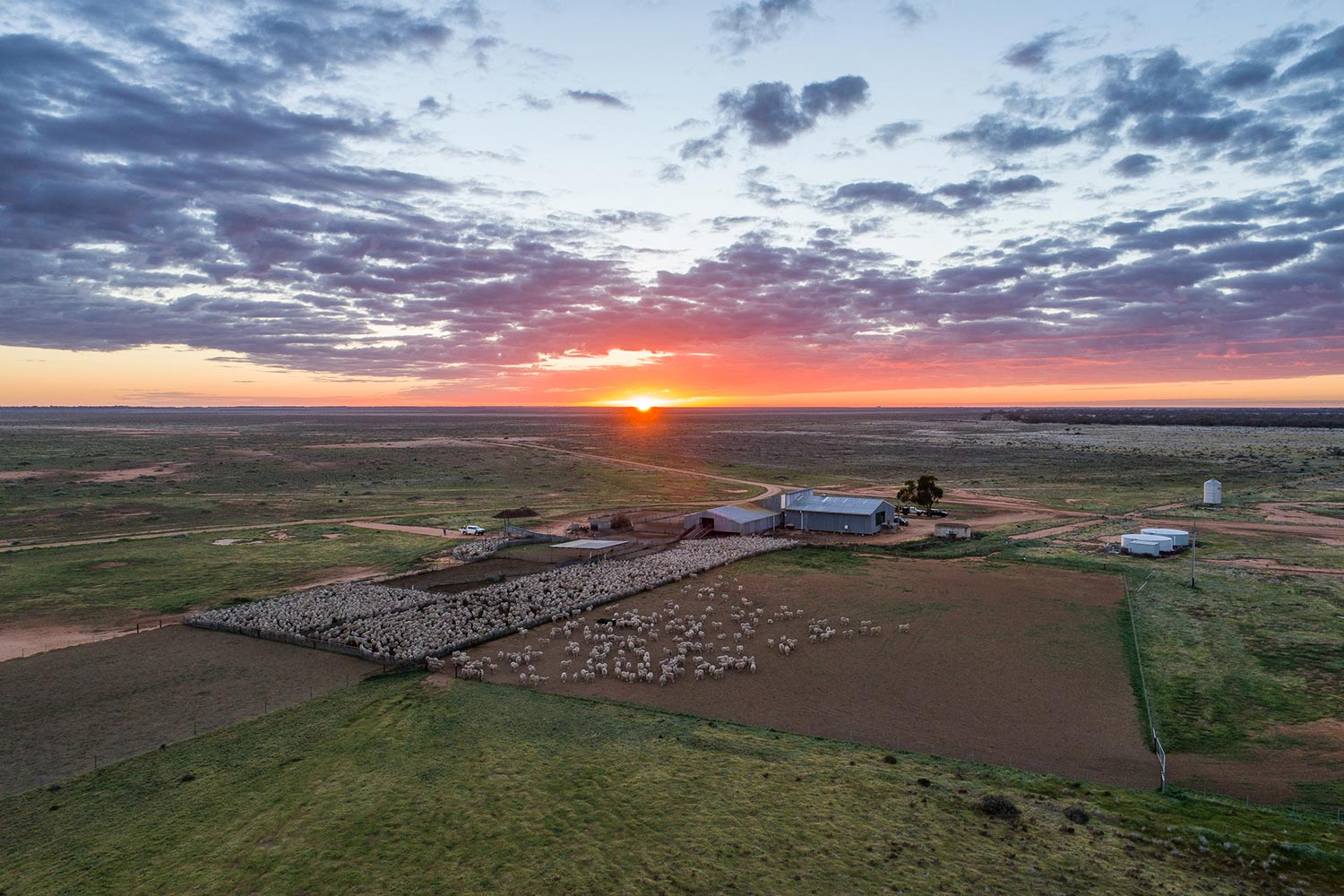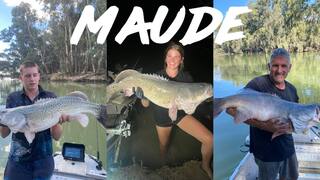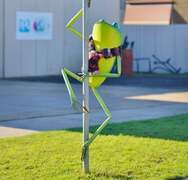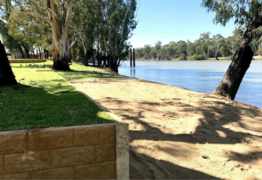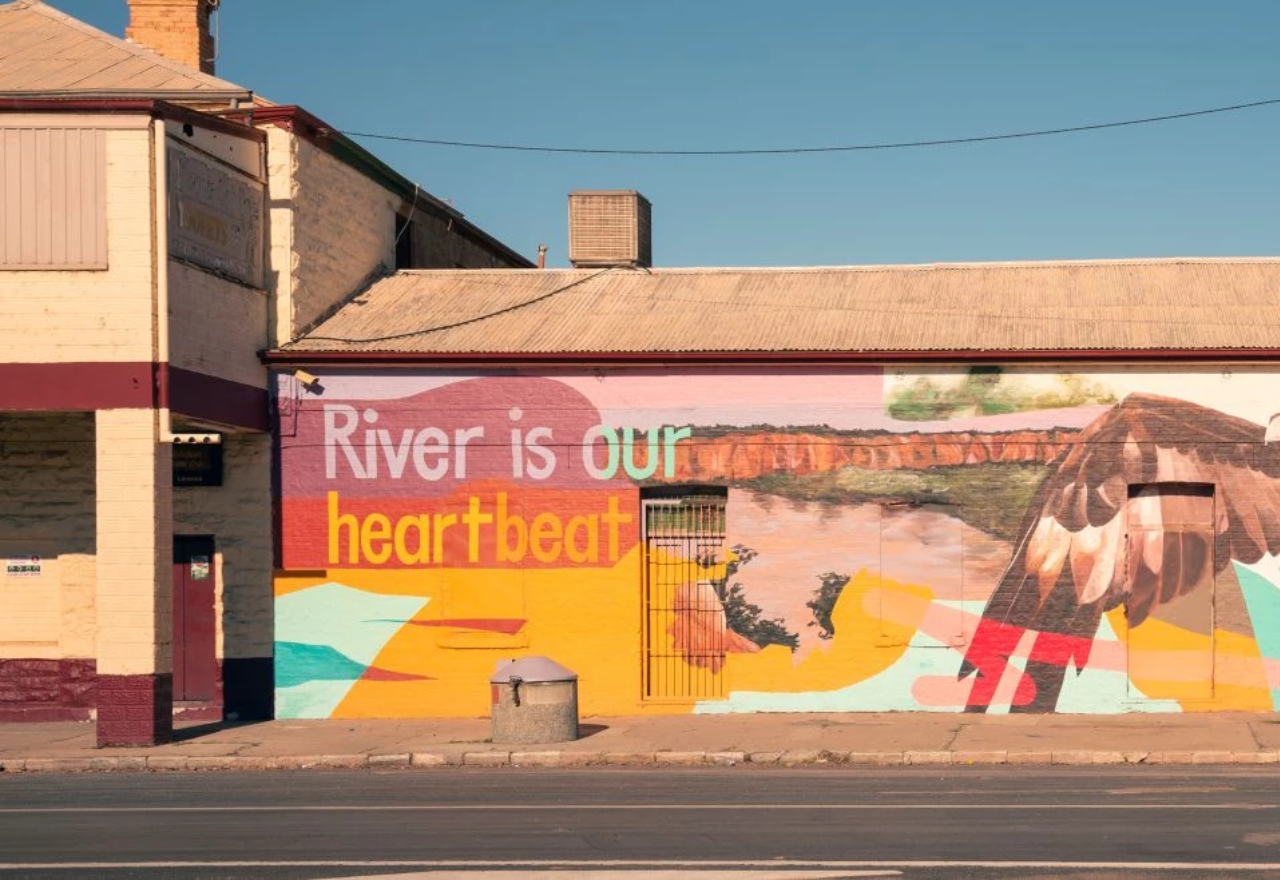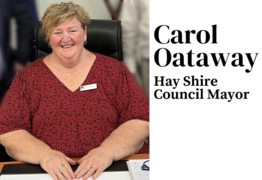First Nations children navigate digital opportunities and risks
Kimberly Grabham
09 August 2025, 8:00 PM

New eSafety guides address unique online challenges facing Aboriginal and Torres Strait Islander youth
Aboriginal and Torres Strait Islander children are embracing digital technology with remarkable creativity and civic engagement, but they also face significantly higher rates of online harm than their peers, according to new research that has informed the development of culturally responsive online safety resources.
eSafety has launched Safer Together! and Leaving Deadly Digital Footprints! - two online safety guides specifically designed for Aboriginal and Torres Strait Islander children and their carers.
Co-designed with First Nations kids, parents, and carers, the guides use storytelling, case studies and interactive activities to help young people learn safe and positive online behaviours.
The research reveals that Aboriginal and Torres Strait Islander children are highly engaged digital citizens who use the internet as a powerful platform for cultural expression and civic participation.
They are significantly more likely than the national average to create and share their own content online, with 37 per cent posting their own video or music content compared to just 19 per cent of children overall, and 35 per cent sharing story or blog content compared to 16 per cent nationally.
"First Nations children and teenagers are embracing the internet and technology in wonderful and creative ways," said eSafety Commissioner Julie Inman Grant. The internet serves as an important meeting place for these young people, who are much more likely to make new friends or contacts online than the national average - 37 per cent compared with 20 per cent overall.
Gaming is also a popular activity, with almost three-quarters (73 per cent) of Aboriginal and Torres Strait Islander children playing online games alone, compared with 61 per cent nationally, while 66 per cent play with others compared with 56 per cent overall.
Perhaps most notably, Aboriginal and Torres Strait Islander children demonstrate exceptional levels of online civic engagement. Almost one-third (30 per cent) discuss social and political problems online weekly or more often - more than double the national average of 13 per cent. They are also more likely to access news online, with 42 per cent doing so compared to 31 per cent nationally.
The internet has become a crucial source of health information for these young people. Around one in three Aboriginal and Torres Strait Islander children regularly use the internet to find information about physical health issues (35 per cent compared with 17 per cent nationally), and they are significantly more likely to seek information about mental health (31 per cent compared with 13 per cent) and emotional support (33 per cent compared with 13 per cent).
For older teenagers aged 14-17, sexual health information seeking is also notably higher, with 40 pent accessing such information compared to 13 per cent nationally.
However, this high level of digital engagement comes with significant risks. Aboriginal and Torres Strait Islander children are much more likely to experience negative treatment online, with 68 per cent reporting being treated in a hurtful or nasty way compared to 45 per cent nationally.
Most concerning is the prevalence of hate speech. Aboriginal and Torres Strait Islander children are almost three times more likely to experience online hate speech than the national average, with around three in ten (29 per cent) having offensive things said to them because of their race, ethnicity, gender, nationality, sexual orientation, religion, age or disability, compared to just one in ten (11 per cent) nationally.
These young people are also more likely to have contact with people they first met online (69 per cent compared with 55 per cent nationally), including meeting them face-to-face (37 per cent compared with 12 per cent nationally), which may increase their risk of various negative experiences including bullying, inappropriate use of photos and sexual victimisation.
Most Aboriginal and Torres Strait Islander young people aged 14-17 (76 per cent) have been exposed to potentially harmful online material such as violent images or sexual content. These negative experiences can have profound impacts, including impaired mental health (31 per cent), perceived reputation damage (27 per cent) and lower grades at school (23 per cent).
Despite facing higher rates of online harm, Aboriginal and Torres Strait Islander children demonstrate remarkable resilience and digital literacy in their responses to negative experiences.
They are proactive and knowledgeable, with 67 per cent telling friends or parents about negative experiences and the same percentage pursuing best-practice online safety responses such as unfriending or blocking perpetrators.
These young people show high levels of self-reflection and responsibility for their online behaviour, and are just as likely to tell their parents or carers when they have treated someone in a hurtful way online as they are to disclose when they have been on the receiving end of such behaviour.
The new eSafety guides acknowledge this complex digital landscape that First Nations children navigate. "However, they are more likely to be exposed to a range of online harms, including hate speech, discrimination, and bullying," Ms Inman Grant noted.
"These guides were built by and for First Nations people. They're about learning together, building trust, and giving children the tools to enjoy the digital world safely and confidently."
The guides recognise both the creativity and innovation of First Nations young people online while addressing unique risks like racism and digital exclusion.
Parents and carers of Aboriginal and Torres Strait Islander children are closely engaged with their child's internet use and highly likely to explore strategies for safer internet use with their children.
The research also highlights potential digital divide issues, with Aboriginal and Torres Strait Islander children more likely to characterise the internet as being slow.
This may be driven by socio-economic or geographic location factors and represents an area requiring further research and attention.
Despite these challenges, Aboriginal and Torres Strait Islander children typically maintain a somewhat conflicted but realistic view of the internet, acknowledging its benefits while remaining appropriately wary of its size and associated risks.
The new Safer Together! and Leaving Deadly Digital Footprints! guides complement eSafety's existing range of tailored online safety resources developed with First Nations organisations.
These resources aim to empower people of all ages with tools and knowledge to protect themselves online while celebrating the positive ways First Nations communities engage with digital technology.
The guides can be found at esafety.gov.au/FirstNations and represent an important step towards more inclusive and culturally responsive approaches to online safety education that recognise both the opportunities and unique challenges facing Aboriginal and Torres Strait Islander children in digital spaces.
NEWS
SPORT
RURAL
COMMUNITY
JOBS
VISIT HAY
VISIT BALRANALD
VISIT OUTBACK NSW
FOR SALE
COMMERCIAL PROPERTY

